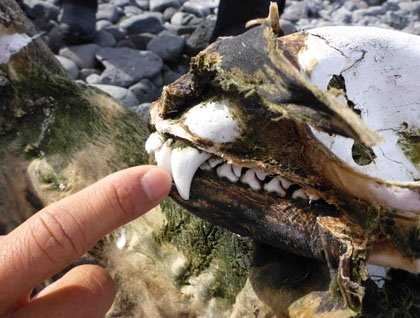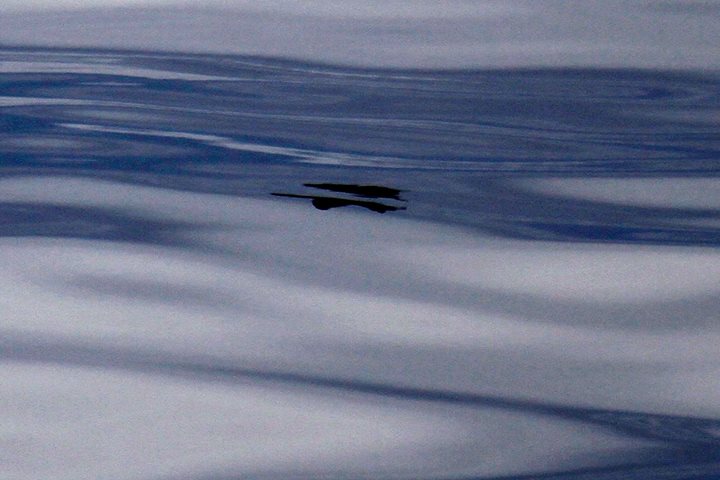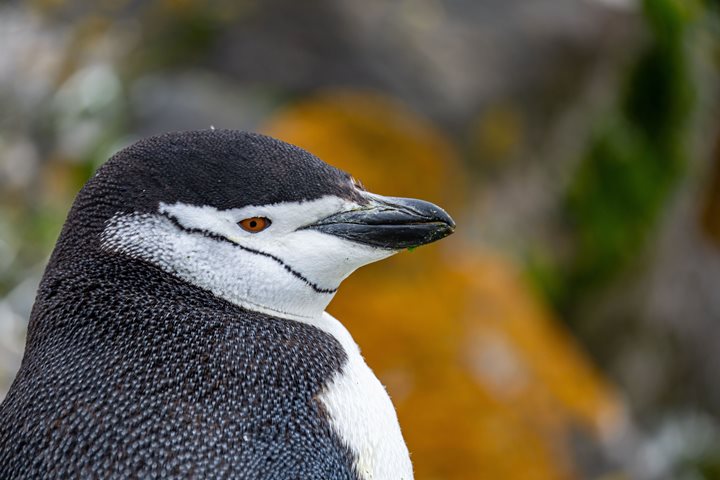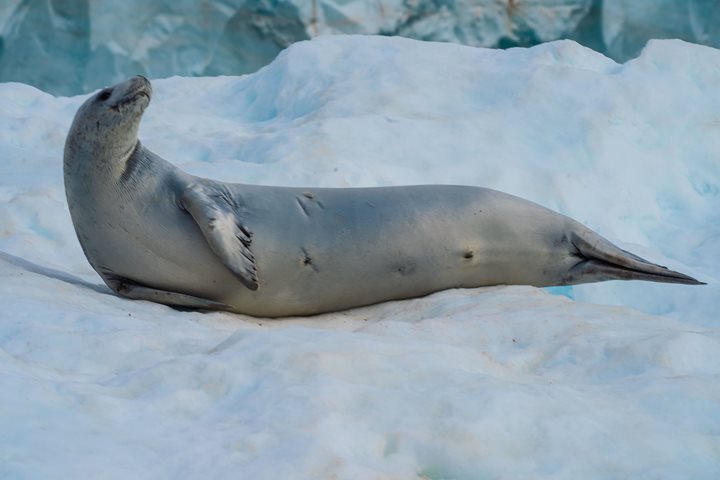What do 100,000 breeding Adélie penguins look like?
This morning at Paulet Island, we encountered a great biological truth of Antarctica: low diversity, high abundance. That is, there are few species here, but those few species are truly prolific. The colony stretched for miles around the ancient cinder cone, and looking out from the high saddle, one saw more penguin than rock. It’s been said that ship captains in the early sealing days of the 19th century used the pungent smell of these massive colonies for navigation.
Over volcanic cobbles and past basking seals, we hiked to an old hut of rock and wood, the latter looking unfamiliar in a continent with no trees. From naturalist Elise we learned that it was constructed by Norwegian Captain Anton Larsen and his men, whose ship the Antarctic was overcome by the ice pack, forcing them to overwinter, subsisting on the 1,000 penguins they’d hurriedly killed and stacked like firewood before the whole colony took to the sea.
Back aboard, we settled in for an afternoon of steaming from the Weddell Sea to the West Antarctic Peninsula. Through “iceberg alley,” our attention was pulled outward and inward—first to the bridge to watch 100-foot tabular icebergs glisten by, then to the lounge to listen to our guest speakers, then back again. After we heard about global fisheries from Paul Greenberg, naturalist Eduardo recounted Sir Ernest Shackleton’s ill-fated expedition—exactly one century ago—to cross the Antarctic continent afoot. Though our plans aboard the National Geographic Explorer may be less audacious than those of “The Boss,” each day has seemed better than the last, and we eagerly await what tomorrow holds!









